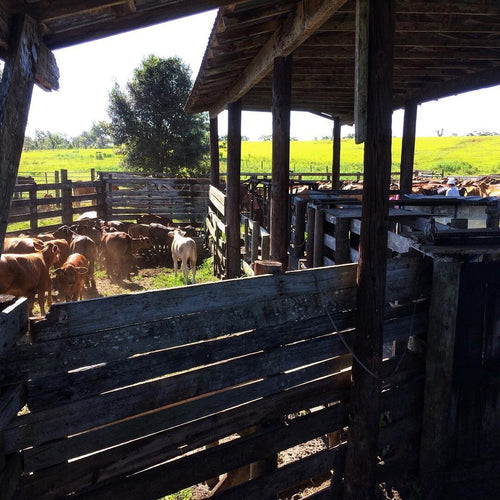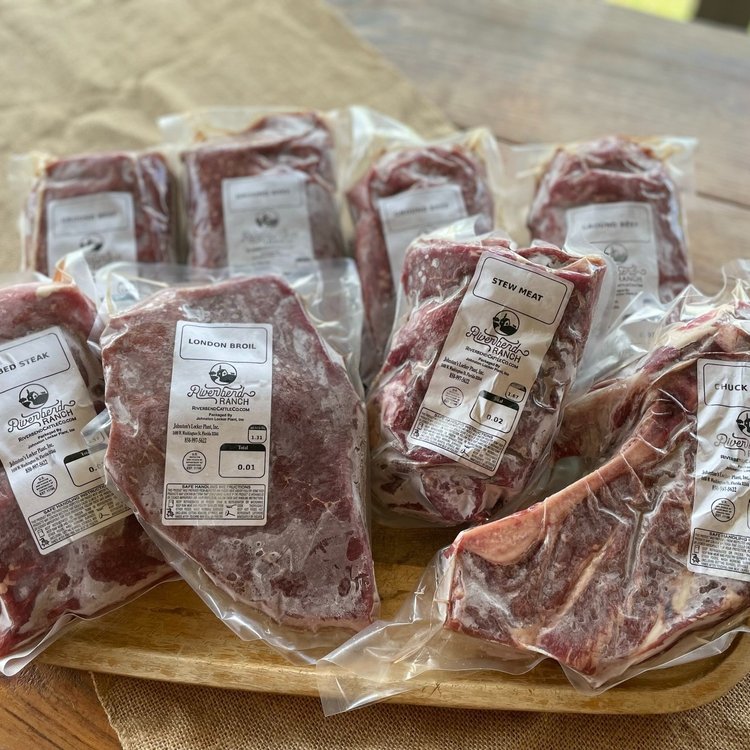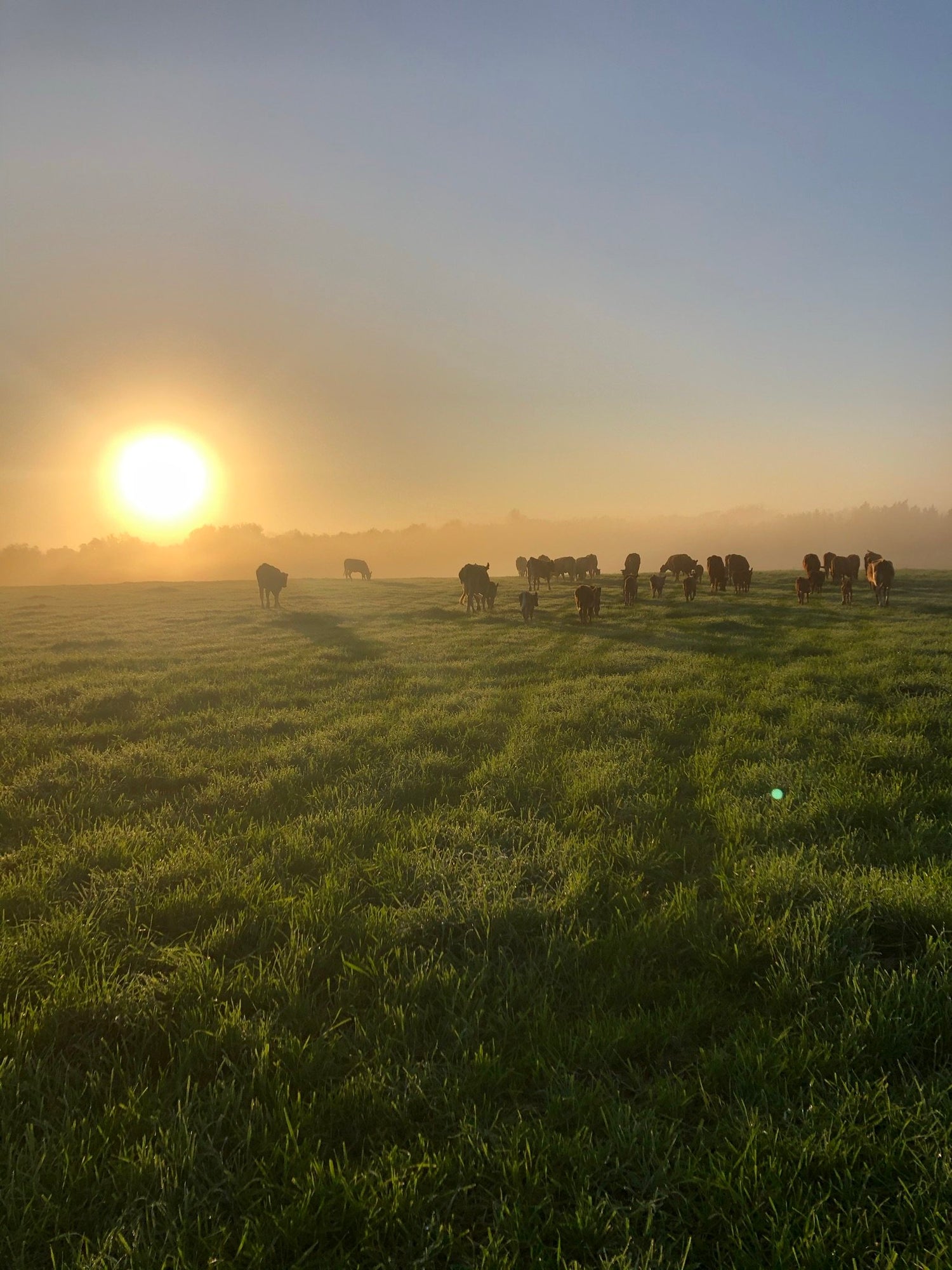
Working Calves
A routine practice this time of year is to work the calves that were born the previous calving season. In my case, that calving season was from November 1st-December 31st, so those calves range from 1-3 months of age now. Many Florida ranchers have similar calving seasons, meaning February and March is usually full of day’s that I get to work calves with other folks, which I love! (If you don’t already, be sure to find me on social media @RiverbendCattleCo so you can follow along for all the fun!)
In case you aren’t familiar with what working calves entails, here’s a more in depth explanation: “Working” cows or calves just means handling them for any routine health procedure, like giving them any necessary vaccinations, deworming, or other standard health protocols.
Every beef producer is a little different, depending on their operation and management style. In my case, working my calves includes vaccinating each calf, and castrating the bull calves. These are all standard practices in the cow/calf business, and are very important to the overall management of the herd. Here’s a brief explanation of my herd health protocols:
Vaccinations: There are a number of vaccines that are necessary for calves entering the U.S. beef supply. They protect against any diseases found in the area that are easily transmitted to livestock, or diseases brought on by stress. That stress can come from shipping cattle long distances, co-mingling with outside, sick calves, or improper handling. Luckily for me, my animals don’t have to deal with any of those things during their life time. One thing I do have to protect them against, however, is a bacteria in the soil called Clostridium chauvoei. So every year, each calf that’s born here will receive a subcutaneous shot to prevent them from contracting the fatal disease.
Castrating bull calves: While this isn’t everyone’s favorite thing to talk about, it’s absolutely necessary on cow/calf operations. Especially here, since I keep those bull calves until they’re adolescents, not just until they’re weaned at 8-9 months of age. If bull calves are left bull calves, they’ll eventually be trying to breed any heifer or cow in estrous, which would lead to a big ol’ mess! The other reason it’s a necessary practice here, is because it significantly affects beef quality, since the hormones produced by a steer (castrated male) are different that than those produced by a bull.
On most cow/calf operations, the calves are weaned off the cow and immediately shipped to their next destination. Since this causes a large amount of stress, they’ll usually require additional vaccines at that time to help prevent the diseases I mentioned earlier. In my situation though, my calves only have to get worked the one time, and that’s it. There are other situations that require the cows or breeding bulls to be worked, but that’s a whole other rabbit whole I could go down, so I’ll save it for another time!


